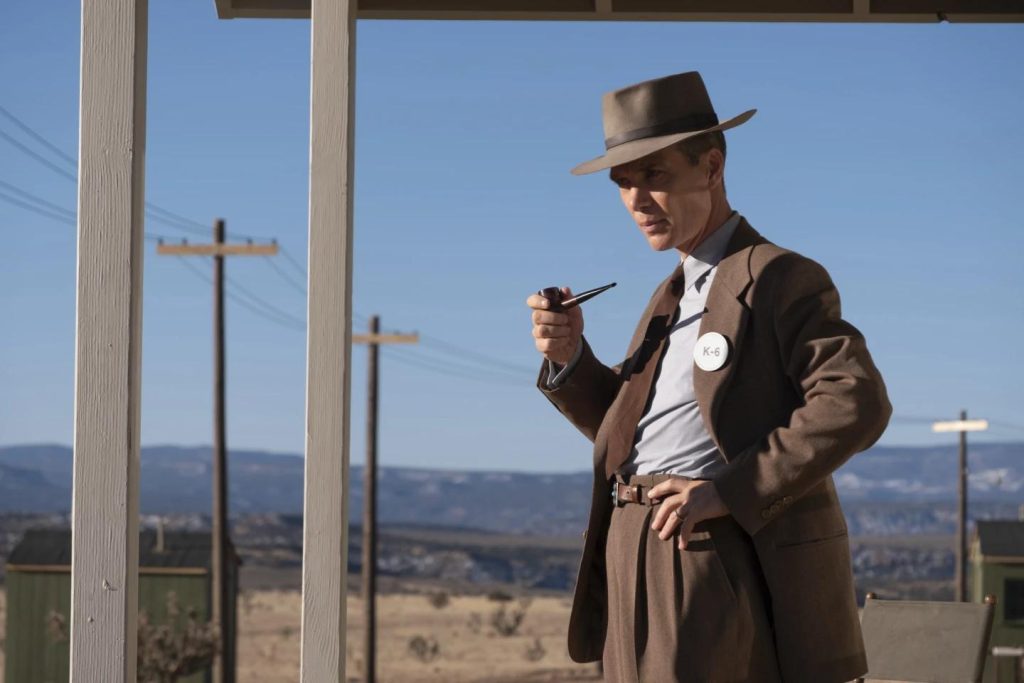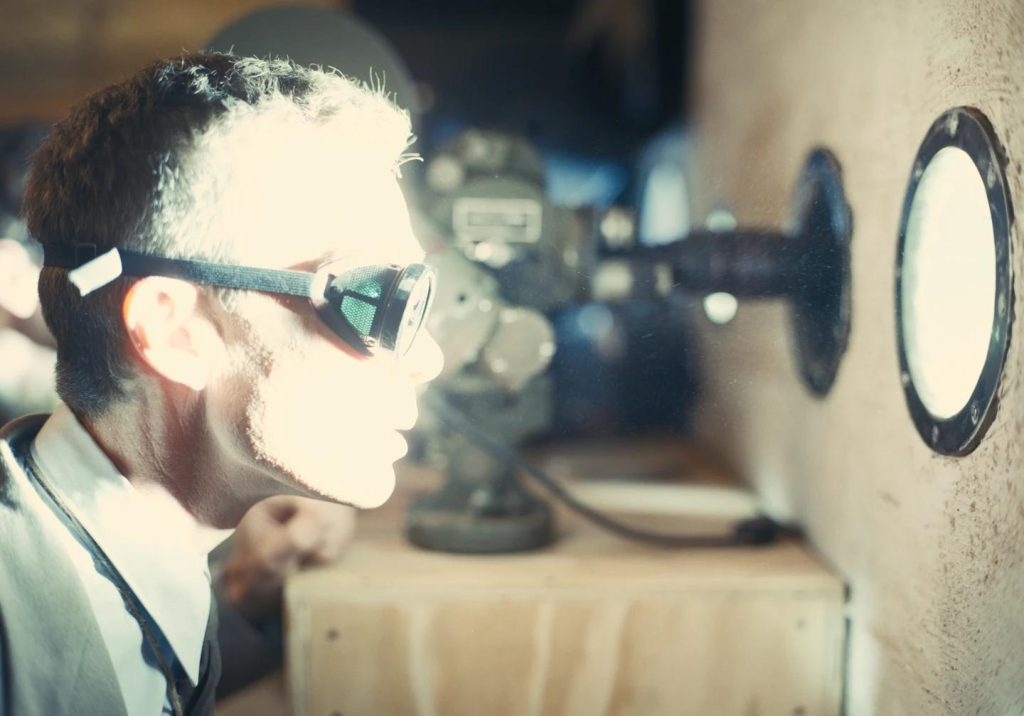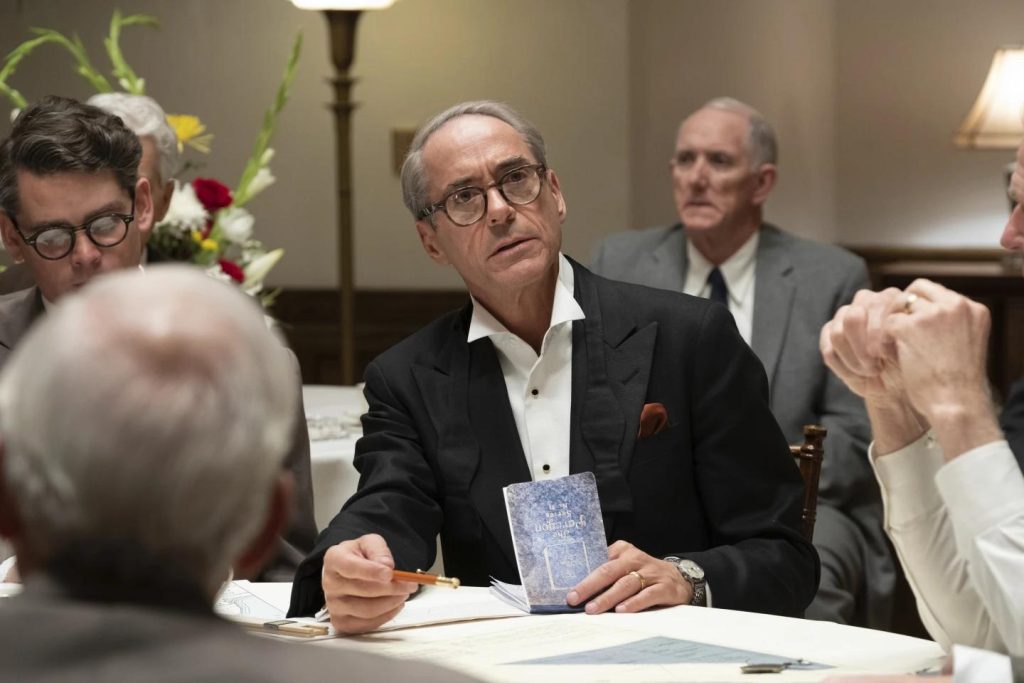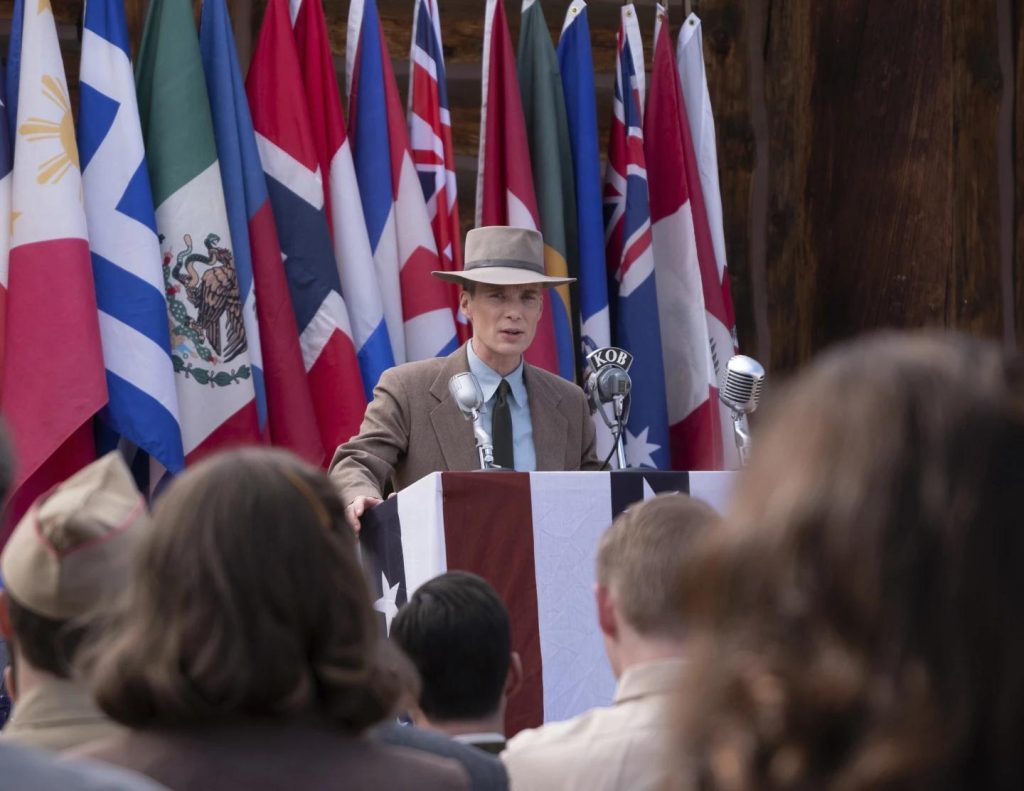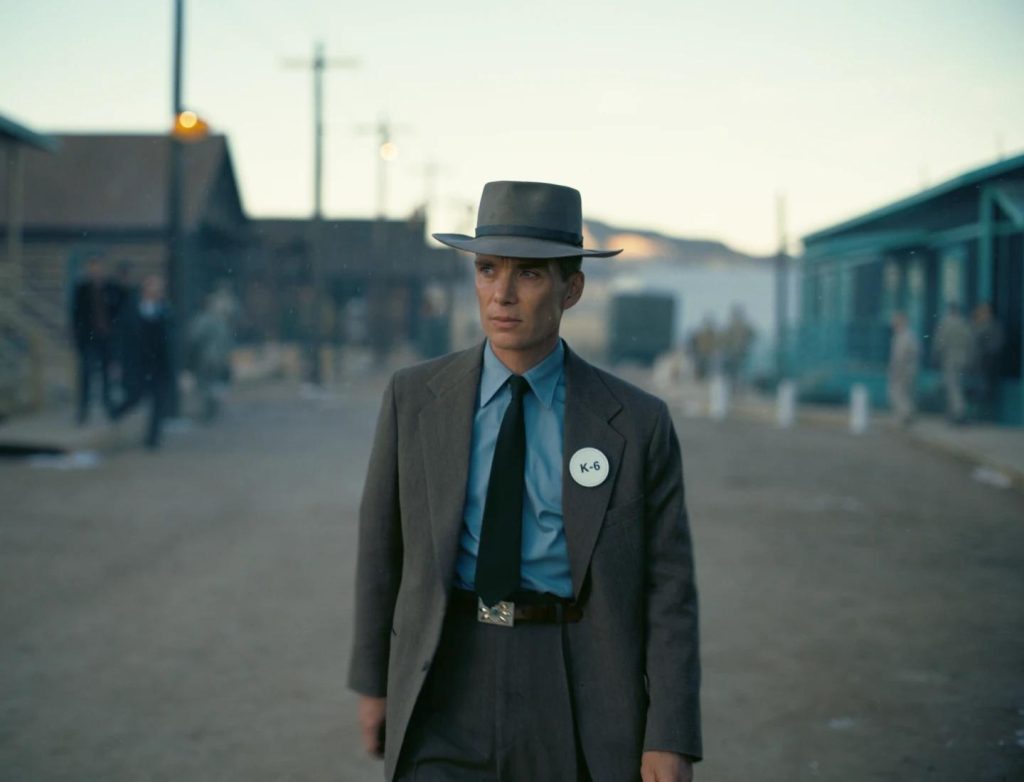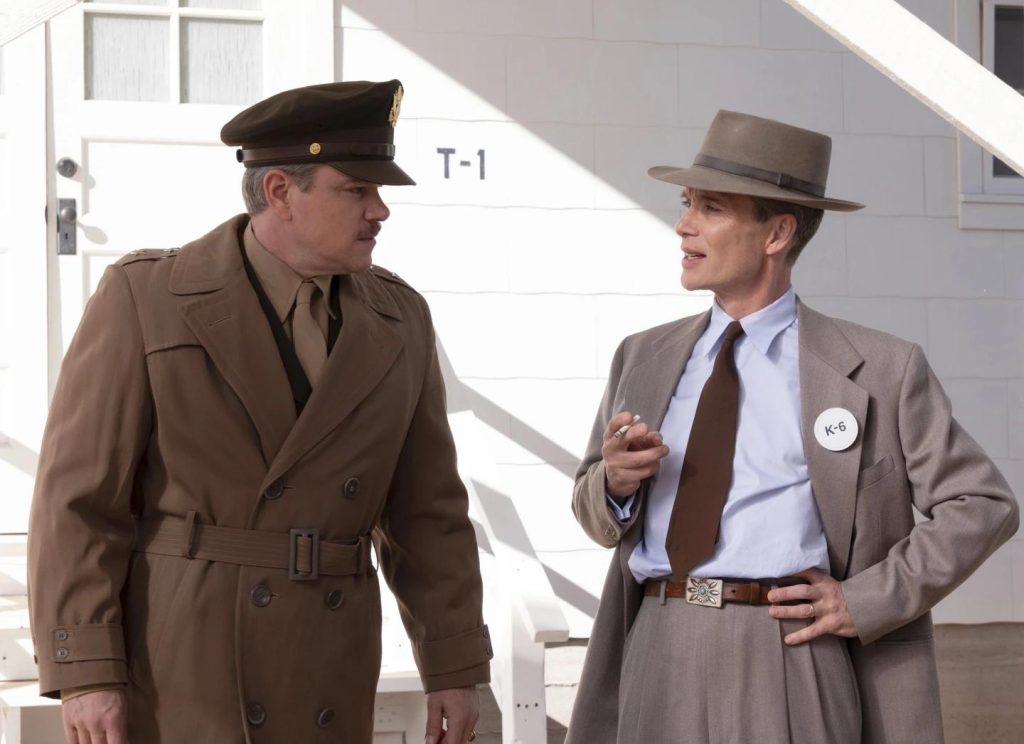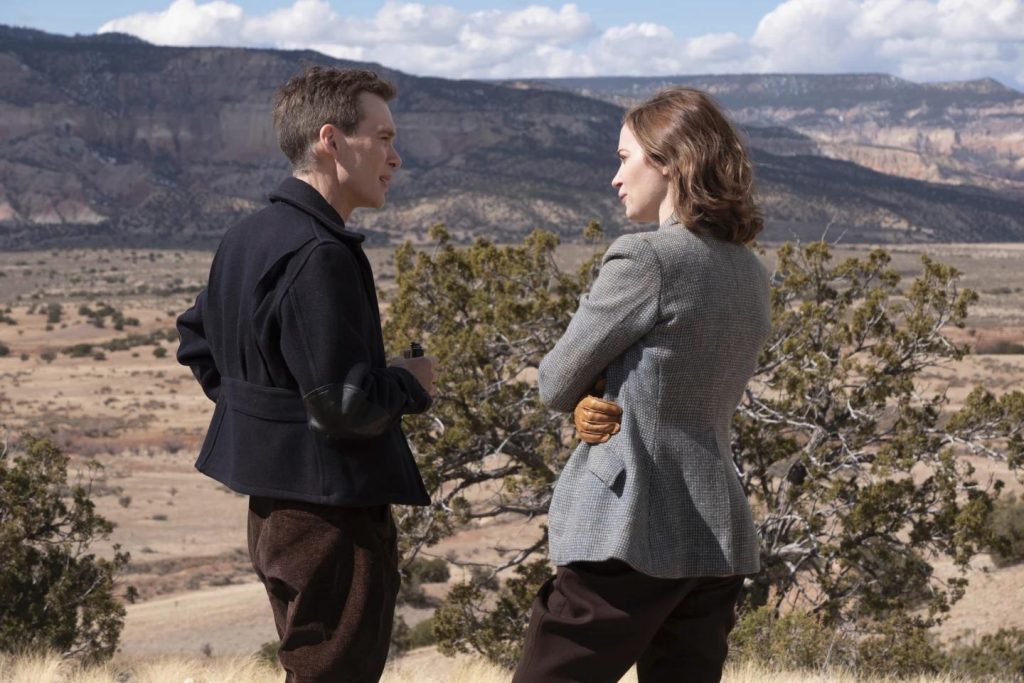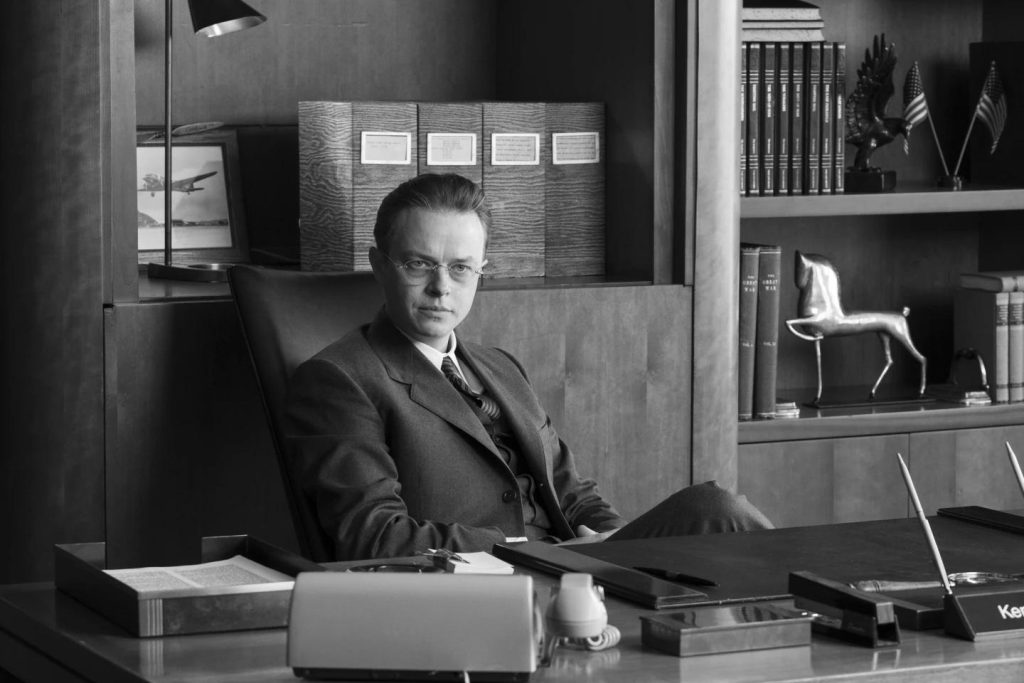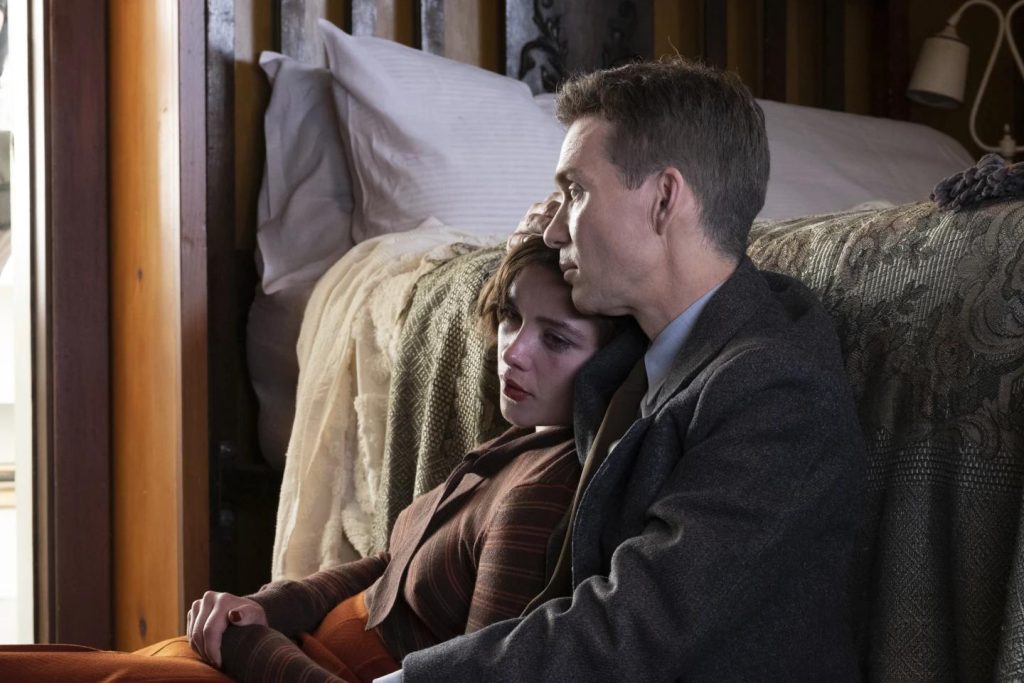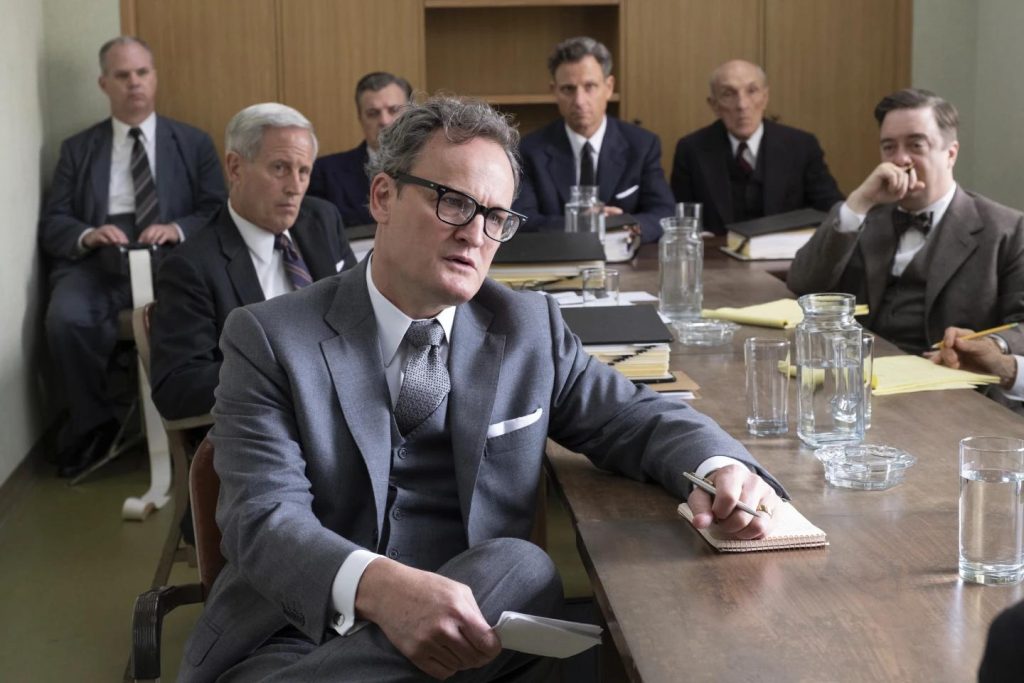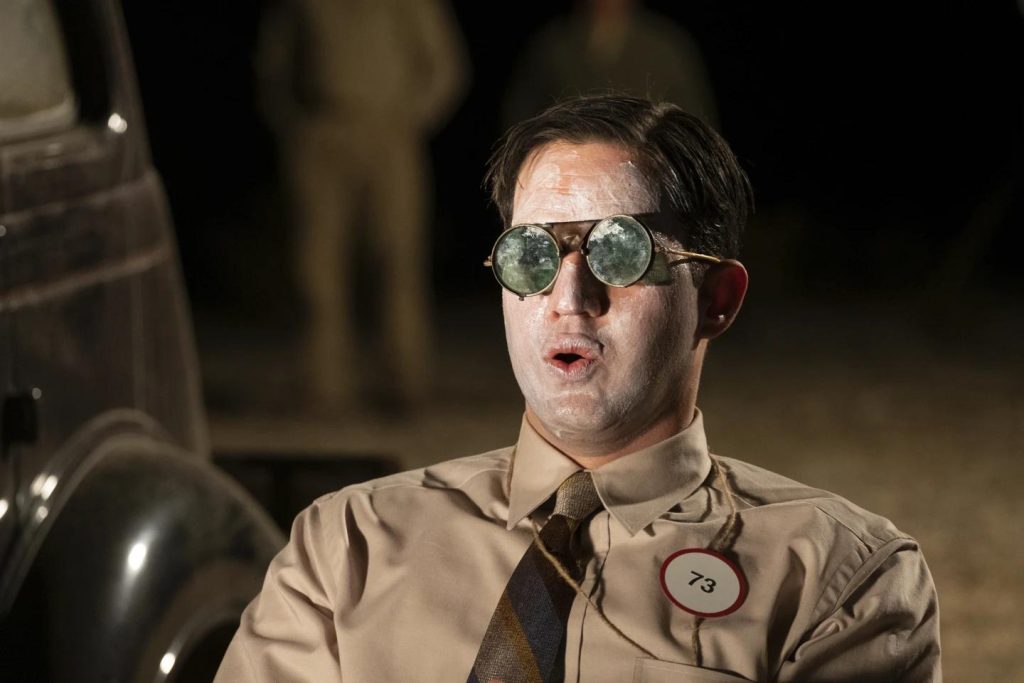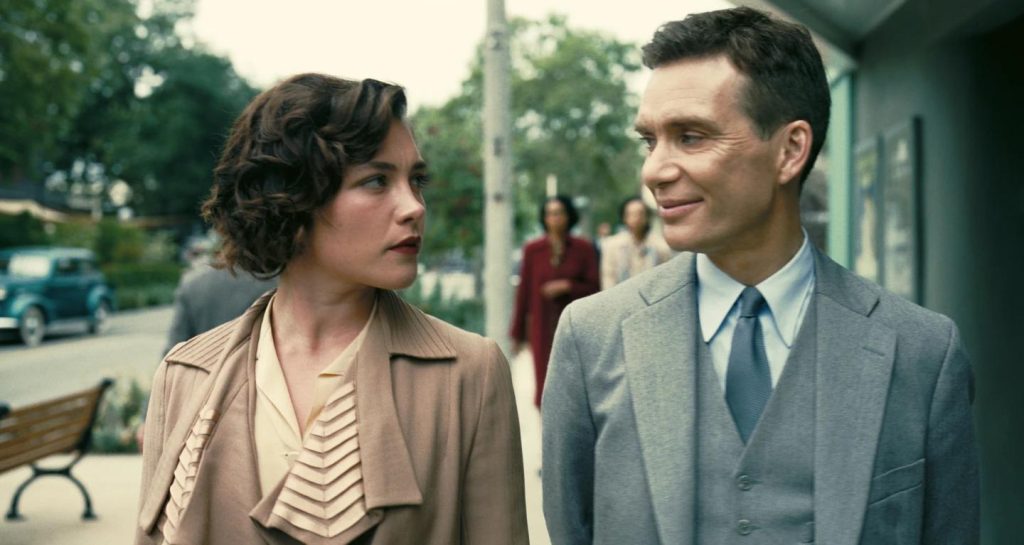Christopher Nolan’s “Oppenheimer” is a kinetic thing of dark, imposing beauty that quakes with the disquieting tremors of a forever rupture in the course of human history.
“Oppenheimer,” a feverish three-hour immersion in the life of Manhattan Project mastermind J. Robert Oppenheimer (Cillian Murphy), is poised between the shock and aftershock of the terrible revelation, as one character calls it, of a divine power.
There are times in Nolan’s latest opus that flames fill the frame and visions of subatomic particles flitter across the screen — montages of Oppenheimer’s own churning visions. But for all the immensity of “Oppenheimer,” this is Nolan’s most human-scaled film — and one of his greatest achievements.
From our partners:
It’s told principally in close-ups, which, even in the towering detail of IMAX 70mm, can’t resolve the vast paradoxes of Oppenheimer. He was said to be a magnetic man with piercing blue eyes (Murphy has those in spades) who became the father of the atomic bomb but, in speaking against nuclear proliferation and the hydrogen bomb, emerged as America’s postwar conscience.
Nolan, writing his own adaptation of Martin J. Sherwin and Kai Bird’s Pulitzer Prize-winning 2005 book “American Prometheus: The Triumph and Tragedy of J. Robert Oppenheimer,” layers the build-up to the Manhattan Project with two moments from years later.
In 1954, a probing inquiry into Oppenheimer’s leftist politics by a McCarthy-era Atomic Energy Commission stripped him of his security clearance. This provides the frame of “Oppenheimer,” along with a Senate confirmation hearing for Lewis Strauss (Robert Downey Jr.), who chaired the Atomic Energy Commission and was a stealthy nemesis to Oppenheimer.
The grubby, political machinations of these hearings — the Strauss section is captured in black and white — act like a stark X-ray of Oppenheimer’s life. It’s an often brutal, unfair interrogation that weighs Oppenheimer’s decisions and accomplishment, inevitably, in moral terms. “Who’d want to justify their whole life?” someone wonders. For the maker of the world’s most lethal weapon, it’s an especially complicated question.
These separate timelines give “Oppenheimer” — dimly lit and shadowy even in the desert — a noirish quality (Nolan has said all his films are ultimately noirs) in reckoning with a physicist who spent the first half of his life in headlong pursuit of a new science and the second half wrestling with the consequences of his colossal, world-altering invention.
“Oppenheimer” moves too fast to come to any neat conclusions. Nolan, as if reaching to match the electron, dives into the story at a blistering pace. From start to finish, “Oppenheimer” buzzes with a heady frequency, tracking Oppenheimer as a promising student in the then-unfolding field of quantum mechanics. “Can you hear the music, Robert?” asks the elder Danish physicist Niels Bohr (Kenneth Branagh). He can, absolutely, but that doesn’t mean finding harmony.
Nolan, whose last film was the time-traveling, palindrome-rich “Tenet,” may be the only filmmaker for whom delving into quantum mechanics could be considered a step down in complexity. But “Oppenheimer” is less interested in equations than the chemistry of an expanding mind. Oppenheimer reads “The Waste Land” and looks at modernist painting. He dabbles in the communist thinking of the day. (His mistress, Jean Tatlock, played arrestingly, tragically by Florence Pugh, is a party member.) But he aligns with no single cause. “I like a little wiggle room,” says Oppenheimer.
For a filmmaker synonymous with grand architectures — psychologies mapped onto subconscious worlds (“Inception”) and cosmic reaches ( “Interstellar” ) — “Oppenheimer” resides more simply in its subject’s fertile imagination and anguished psyche. (The script was written in first person.) Nolan and cinematographer Hoyte van Hoytema render Oppenheimer’s interiority with flashes of images that stretch across the heavens. His brilliance comes from his limitlessness of thought.
Just how much “wiggle room” Oppenheimer is permitted, though, becomes a more acute point when war breaks out and he’s tasked by Lt. Gen. Leslie Groves Jr. (Matt Damon) to lead the race to beat the Nazis to an atomic bomb. The rapid building of Los Alamos on the white-sand mesas of New Mexico — a site chosen by and with personal meaning to Oppenheimer — might not be so different than the erecting of movie sets for Nolan’s massive films, which likewise tend to culminate with a spectacular explosion.
There is something inherently queasy about a big-screen spectacle dramatizing the creation — justified or not — of a weapon of mass destruction. Oppenheimer once called the atomic bomb “a weapon for aggressors” wherein “the elements of surprise and terror are as intrinsic to it as are the fissionable nuclei.” Surely a less imperial, leviathan filmmaker than Nolan — a British director making an American epic — might have approached the subject differently.
But the responsibility of power has long been one of Nolan’s chief subjects (think of the all-powerful surveillance machine of “The Dark Knight”). And “Oppenheimer” is consumed with not just the ethical quandary of the Manhattan Project but every ethical quandary that Oppenheimer encounters. Big or small, they could all lead to valor or damnation. What makes “Oppenheimer” so unnerving is how indistinguishable one is from the other.
“Oppenheimer” sticks almost entirely to its protagonist’s point of view yet also populates its three-hour film with an incredible array of faces, all in exquisite detail. Some of the best are Benny Safdie as the hydrogen bomb designer Edward Teller; Jason Clarke as gruff special counsel Roger Robb; Gary Oldman as President Harry Truman; Alden Ehrenreich as an aide to Strauss; Macon Blair as Oppenheimer’s attorney; and Emily Blunt as Kitty Oppenheimer, the physicist’s wife.
The greatest of all of them, though, is Murphy. The actor, a Nolan regular, has always been able to communicate something more disturbing underneath his angular, angelic features. But here, his Oppenheimer is a fascinating coil of contradictions: determined and aloof, present and far-away, brilliant but blind.
Dread hangs over him, and over the film, with the inevitable. The future, post-Hiroshima, is sounded most by the wail of children who will grow up in that world; the Oppenheimers’ babies do nothing but cry.
When the Trinity test comes at Los Alamos after the toil of some 4,000 people and the expense of $2 billion, there’s a palpable, shuddering sense of history changing inexorably. How Nolan captures these sequences — the quiet before the sound of the explosion; the disquieting, thunderous, flag-waving applause that greets Oppenheimer after — are masterful, unforgettable fusions of sound and image, horror and awe.
“Oppenheimer” has much more to go. Government encroaches on science, with plenty of lessons for today’s threats of annihilation. Downey, in his best performance in years, strides toward the center of the film. You could say the film gets bogged down here, relegating a global story to a drab backroom hearing, preferring to vindicate Oppenheimer’s legacy rather than wrestle with harder questions of fallout. But “Oppenheimer” is never not balanced, uncomfortably, with wonder at what humans are capable of, and fear that we don’t know what to do with it.
“Oppenheimer,” a Universal Pictures release is rated R by the Motion Picture Association for some sexuality, nudity and language. Running time: 180 minutes. Four stars out of four.
By: JAKE COYLE
Originally published from AP News
For enquiries, product placements, sponsorships, and collaborations, connect with us at hello@zedista.com. We'd love to hear from you!
Our humans need coffee too! Your support is highly appreciated, thank you!


